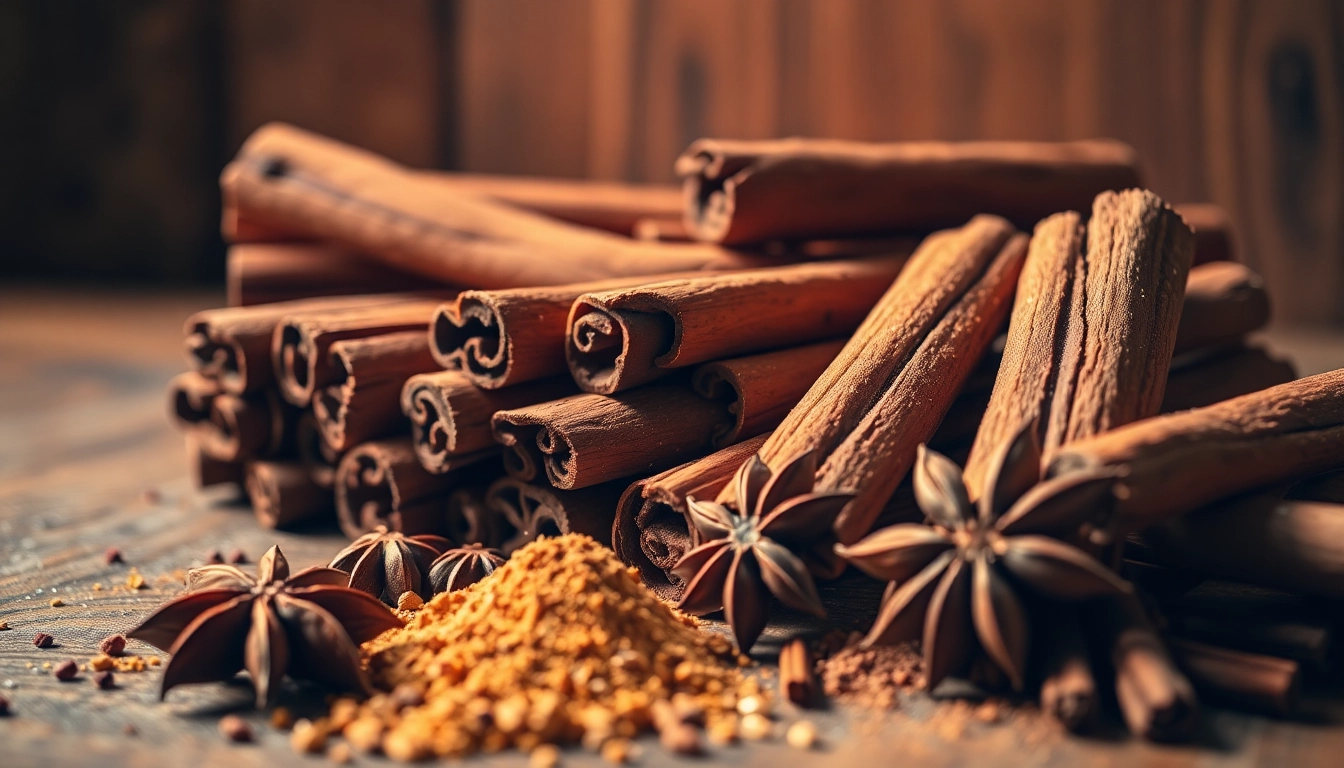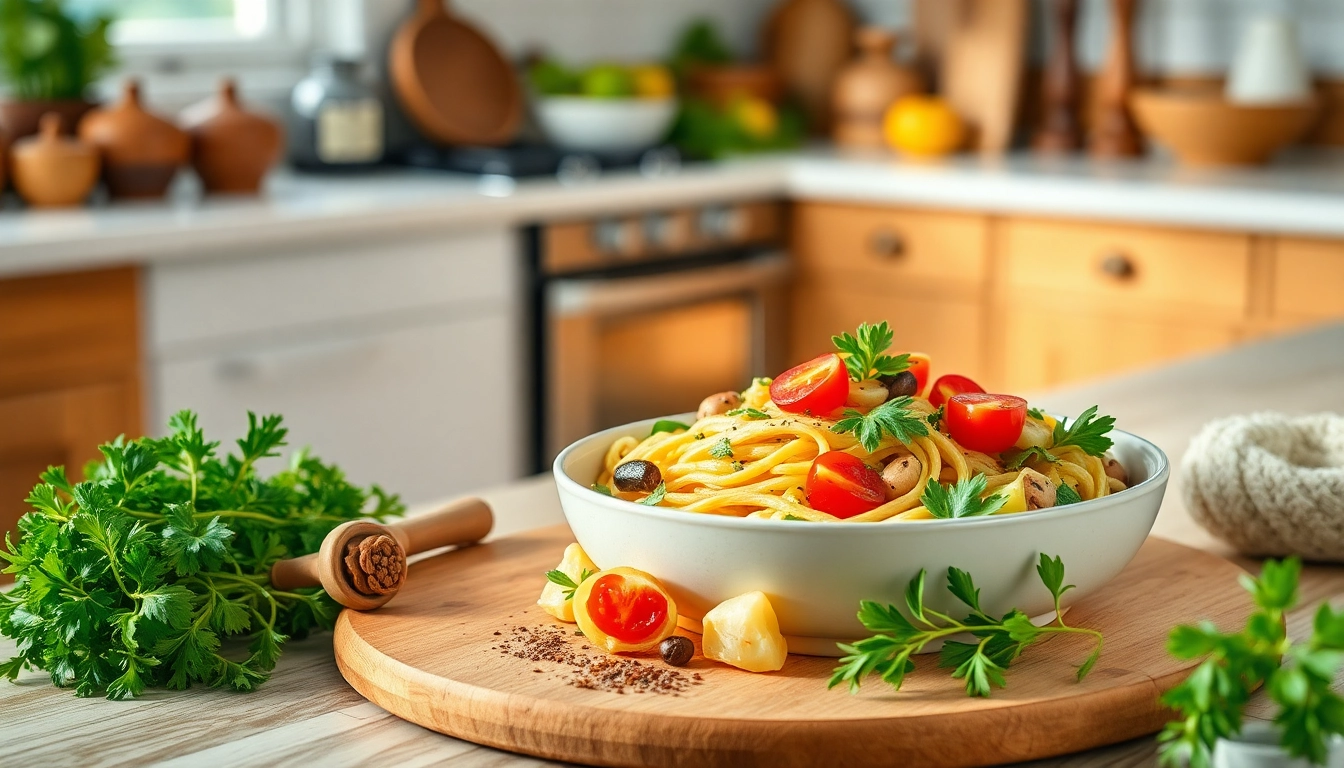Understanding Cinnamon Bark
What is Cinnamon Bark?
Cinnamon bark is the inner layer of the bark of the cinnamon tree, which is part of the Cinnamomum genus. The most commonly traded types of cinnamon belong to two species: Cinnamomum cassia, often referred to as Cassia cinnamon, and Cinnamomum verum, better known as Ceylon cinnamon or “true” cinnamon. These species differ not only in flavor and aroma but also in their chemical makeup and health benefits.
The smooth, reddish-brown bark is typically harvested in the fall, stripped from the tree, and then dried until it curls into characteristic quills. This aromatic spice is highly valued not only for its distinct flavor but also for its myriad of health benefits.
For those interested in exploring the rich properties of cinnamon bark, Cinnamon Bark products are great options to consider.
Differences Between Cinnamon Bark and Other Types
The key differences between Cassia and Ceylon cinnamon primarily lie in their flavor profiles and chemical compositions. Cassia cinnamon tends to be more popular in North America and has a stronger, more pungent flavor with notes of sweet and spicy. In contrast, Ceylon cinnamon, which originates from Sri Lanka, has a gentler and more complex flavor, often described as sweet and citrusy.
Another significant distinction is the coumarin content. Cassia cinnamon contains higher levels of coumarin, a compound that can be toxic in large amounts, while Ceylon cinnamon has a much lower concentration. This makes Ceylon cinnamon a safer choice, especially for those who consume it regularly.
Historical Uses of Cinnamon Bark
Cinnamon’s history goes back thousands of years, where it was a highly prized commodity in ancient Egypt, used not only as a spice but also in embalming practices. The Egyptians considered it sacred and associated it with various ceremonial purposes. In ancient Chinese medicine, cinnamon was recognized for its warming properties and was used to treat a variety of ailments.
During the spice trade era, cinnamon became a significant economic commodity, often more precious than gold. It played a vital role in trade routes and influenced exploration and colonialism, particularly in Southeast Asia, where it was cultivated.
Health Benefits of Cinnamon Bark
Antioxidant Properties
Cinnamon bark is rich in antioxidants, which help combat oxidative stress in the body. These antioxidants, including polyphenols, can reduce inflammation and may lower the risk of chronic diseases such as heart disease and diabetes. Research highlights that cinnamon’s antioxidant activity can significantly contribute to overall health by neutralizing free radicals.
Impact on Blood Sugar Levels
Studies have shown that cinnamon can improve insulin sensitivity and lower blood sugar levels, making it a beneficial spice for individuals with diabetes. One double-blind study demonstrated that daily consumption of cinnamon could lower fasting blood glucose levels and improve lipid profiles. It works by mimicking insulin, enhancing glucose uptake by the cells, and potentially helping to regulate blood sugar levels effectively.
Potential Antimicrobial Effects
Cinnamon bark possesses antimicrobial properties, making it effective against various bacteria and fungi. Research indicates that cinnamon oil can inhibit the growth of pathogens such as E. coli and Candida albicans, which are responsible for foodborne illnesses and yeast infections, respectively. The essential oils found in cinnamon bark are particularly potent, making it a valuable addition to natural health practices.
Culinary Uses of Cinnamon Bark
Incorporating Cinnamon Bark in Cooking
The versatility of cinnamon bark in cuisine is astounding; it can be utilized in both savory and sweet dishes. In Southeast Asian cuisine, it enriches soups, curries, and even marinades with its warm flavor. In contrast, in Western cooking, it’s a staple in baking, enhancing desserts like pastries and cakes.
To use cinnamon bark effectively in cooking, it can be added whole to stews or ground into powder for baking and beverages. Experimenting with the quantity can yield a taste profile that balances sweetness with warmth, making it a delightful ingredient in various dishes.
Creative Recipes Featuring Cinnamon Bark
There are numerous creative ways to incorporate cinnamon bark into your culinary repertoire. Here are a few ideas:
- Cinnamon Bark Infused Tea: Boil water and steep whole cinnamon bark with ginger and a slice of lemon for a warming tea.
- Spiced Apple Cider: Simmer apple juice with whole cinnamon sticks, cloves, and orange slices for a delightful fall beverage.
- Cinnamon Bark Curry: Prepare a coconut curry and add whole cinnamon bark early in the cooking process for depth of flavor.
Pairing Cinnamon Bark with Other Flavors
Cinnamon pairs beautifully with various ingredients, enhancing their natural flavors. It works exceptionally well with:
- Fruits: Try cinnamon with apples, pears, or bananas for a delectable flavor boost.
- Nuts: Combining cinnamon with nuts such as almonds or walnuts creates a warm, spiced snack.
- Spices: Cinnamon complements spices like nutmeg, cardamom, and ginger, making it a perfect addition to holiday baking and dishes.
Cinnamon Bark in Natural Remedies
Traditional Medicinal Uses
From ancient times, cinnamon has been revered for its health benefits. It has been traditionally used for various gastrointestinal issues, including stomach pain, gas, and diarrhea. As a warming herb, it is also known to provide relief from colds and flu symptoms. In Ayurveda, cinnamon is considered beneficial for digestion and balancing the body’s doshas.
Cinnamon Bark Supplements
In addition to its culinary uses, cinnamon bark is available in various supplement forms, including capsules, extracts, and oils. These supplements are often sought after for their concentrated health benefits, especially for blood sugar regulation and antioxidant properties. It’s essential to consult a healthcare provider before starting any supplement regimen to ensure it’s appropriate for your health needs.
How to Prepare Cinnamon Bark for Home Remedies
Preparing cinnamon bark for home remedies is straightforward. Here’s a simple method:
- Infusion: Simmer cinnamon sticks in water to create an infusion. This can be consumed as tea or used in recipes.
- Powder: Grind dried cinnamon bark in a spice grinder for powdered cinnamon, suitable for baking or adding to smoothies.
- Oil: Make cinnamon oil by filling a jar with cinnamon sticks and covering them with a carrier oil, allowing it to steep for several weeks.
Choosing Quality Cinnamon Bark
What to Look for When Buying Cinnamon Bark
When purchasing cinnamon bark, it’s crucial to select high-quality sources. Here are a few tips:
- Type: Opt for Ceylon cinnamon if you seek the highest quality with lower coumarin levels.
- Appearance: Look for rolled quills that are smooth and firm. Avoid broken or brittle pieces.
- Smell: High-quality cinnamon bark should have a strong, sweet aroma.
Brands and Sources for Authentic Cinnamon Bark
Several trusted brands specialize in sourcing authentic cinnamon bark, offering both sticks and powdered forms. Shopping from reputable brands ensures you get high-quality products. Organic options are recommended as they are free from harmful pesticides and chemicals.
Storage Tips for Maintaining Freshness
To preserve the quality and flavor of cinnamon bark, store it in a cool, dark place in an airtight container. This protects it from moisture, light, and air. Properly stored, whole cinnamon bark can maintain its flavor and potency for several years, while ground cinnamon generally lasts shorter—about six months to a year.



